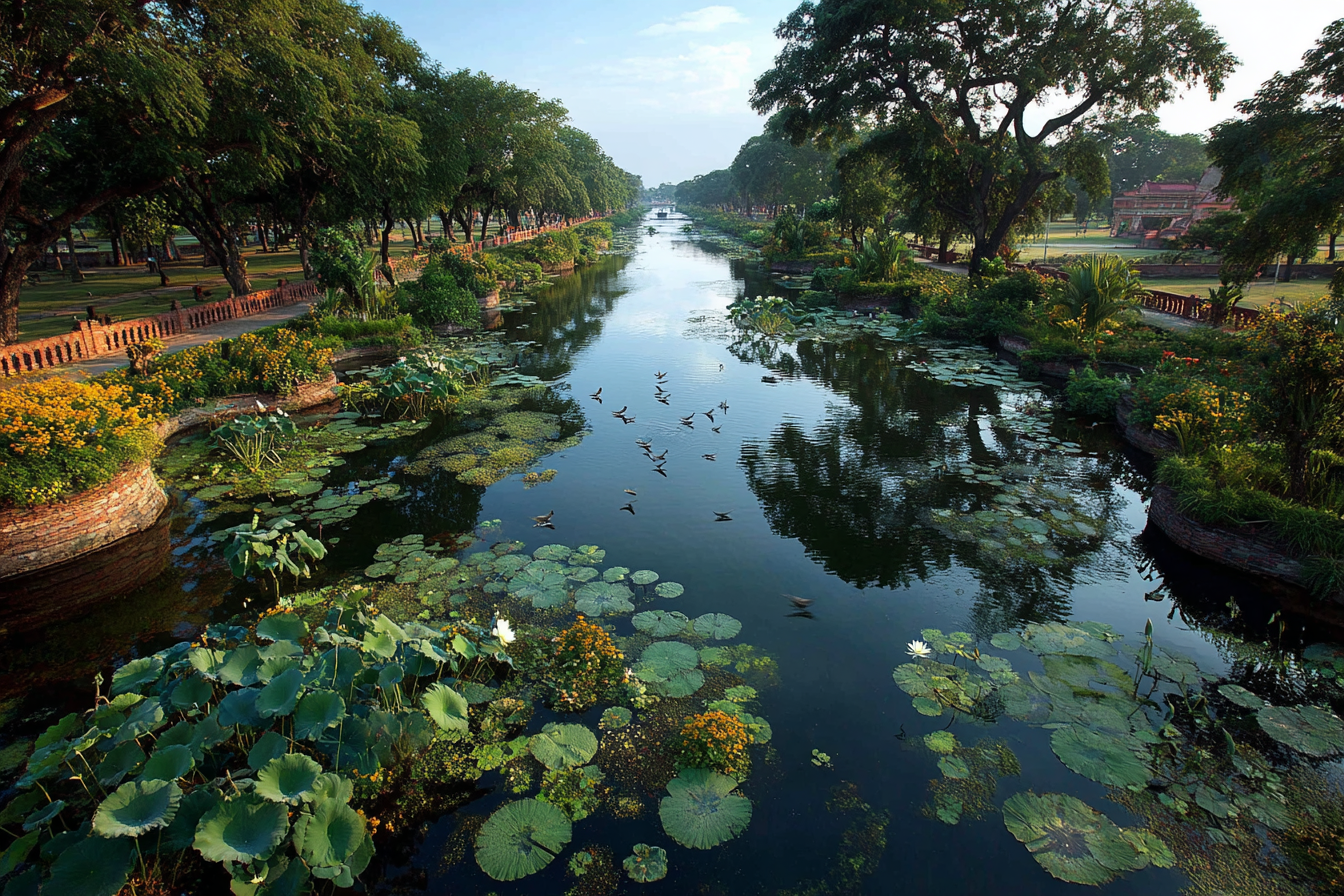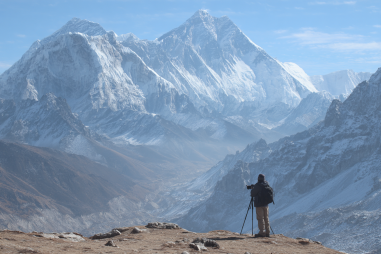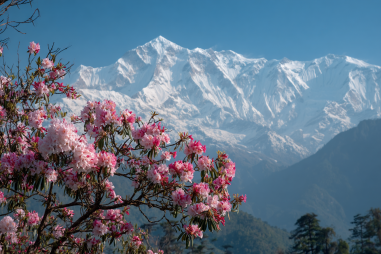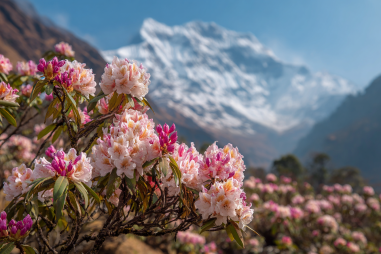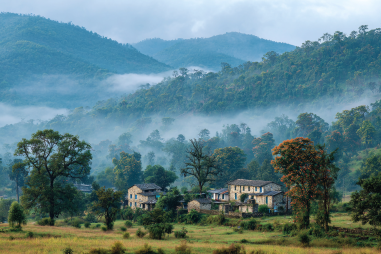Nestled in the peaceful plains of southern Nepal, Lumbini is not only renowned as the sacred birthplace of Lord Buddha but also celebrated for its tranquil natural surroundings. Beyond the ancient spiritual sites and monasteries, Lumbini’s beauty extends to its lush gardens, pristine parks, and vibrant wildlife that create an atmosphere perfectly suited for calm reflection and leisurely exploration. For travelers seeking a blend of spirituality and nature, wandering through Lumbini’s serene landscape offers an unforgettable experience.
Overview of Lumbini’s Natural Landscape
Lumbini is situated in the Terai region, characterized by its flat terrain, fertile soil, and subtropical climate. This combination fosters a rich biodiversity and a variety of plant life all year round. The area is interlaced with gentle streams, lotus-filled ponds, and expanses of greenery that provide a soothing backdrop to the ancient temples and monuments. The natural landscape here is intentionally preserved and enhanced, complementing the spiritual heritage of the region while offering visitors a refreshing escape from urban bustle.
Sacred Gardens and Lotus Ponds
Among Lumbini’s most enchanting features are its sacred gardens and lotus ponds, which carry deep symbolic significance. The famous Maya Devi Temple area, marking the Buddha’s birthplace, is surrounded by well-maintained gardens filled with flowering plants and ancient trees. These gardens are designed to promote meditation, facilitating a direct connection between visitors and nature’s calmness.
The lotus ponds scattered across Lumbini are particularly mesmerizing. The lotus flower, a symbol of purity and enlightenment in Buddhist tradition, thrives here and adds vibrant splashes of color to the landscape. Sitting by these ponds, surrounded by blooming lotus flowers and gentle breezes rustling through the leaves, visitors can experience a profound sense of inner peace.
Popular Parks and Green Spaces
Lumbini is home to several parks and green areas that invite visitors to stroll, picnic, or simply relax amid nature’s embrace. The larger Lumbini Development Zone encompasses expansive verdant fields dotted with trees and walking paths that meander alongside quiet canals. One of the most popular parks for visitors is the Central Park area, which offers ample shade and open space for leisurely walks or quiet contemplation.
Many of these parks serve as peaceful refuges for pilgrims and tourists alike, enhancing their experience beyond the cultural and spiritual landmarks. They also provide perfect spots for yoga, tai chi, or mindfulness exercises, making the most of the region’s serene environment.
Birdwatching and Wildlife
Wildlife enthusiasts and birdwatchers will find Lumbini’s nature offerings particularly rewarding. The region’s subtropical climate supports a diversity of bird species, from vibrant kingfishers and herons to colorful bulbuls and munias. Early mornings and late afternoons are especially delightful times for birdwatching, as flocks take flight or gather around water sources.
Aside from avian life, small mammals, butterflies, and reptiles inhabit the green spaces, adding to the ecological richness. Local guides can often facilitate birdwatching tours, helping visitors identify and appreciate the variety of species inhabiting the area. Such experiences deepen the connection with nature, highlighting its peaceful coexistence with the human and spiritual elements of Lumbini.
Best Spots for Photography and Walks
Whether you’re an avid photographer or an easygoing traveler who enjoys scenic strolls, Lumbini offers numerous spots where the blend of nature and spirituality creates picture-perfect moments. The pathways through the monastic zones, framed by vibrant flowers and towering trees, provide stunning perspectives for both landscape and close-up photography.
Some top places to capture nature’s beauty include:
- The lotus ponds near the Maya Devi Temple at dawn or dusk, when the soft light enhances the blooms and reflections in the water.
- The tree-lined avenues of the Peace Park, which offer shaded trails ideal for leisurely walks and meditation stops.
- Quiet corners around the Ashoka Pillar and surrounding stupas, where wild birds and butterflies add movement and life to the stillness.
Taking a walk through these areas not only rejuvenates the body but also nurtures the spirit, making each step a mindful experience in the heart of nature.
How Nature Complements the Spiritual Atmosphere
The natural environment of Lumbini is not just a backdrop but an integral part of its spiritual ambiance. In Buddhism, nature is often seen as a teacher and a refuge, symbolizing growth, impermanence, and interconnectedness. The lush greenery, babbling waters, and wildlife in Lumbini perfectly echo these teachings.
The gardens and parks provide quiet places for prayer, meditation, and contemplation, helping visitors attune themselves to the peaceful energy of the birthplace of enlightenment. Walking among the trees or sitting beside a lotus pond naturally encourages slowing down and introspection, vital elements in any spiritual journey.
Moreover, the respectful coexistence between human activity and nature conservation here reinforces important Buddhist values of compassion and mindfulness toward all living beings, inviting visitors to embrace these principles silently but powerfully through their surroundings.
Embracing Nature in Lumbini
Exploring the natural beauty of Lumbini reveals an essential dimension of this sacred place — one where spirituality and ecology harmoniously intersect. Whether wandering tranquil gardens, spotting colorful birds, or simply sitting quietly by a lotus pond, visitors find opportunities to connect deeply with themselves and the world around them.
For those planning a visit, taking time to experience Lumbini’s nature and surroundings enriches the journey beyond temples and monuments. It fosters mindfulness, peace, and a renewed appreciation for the environment that so gently cradles the birthplace of Buddha’s enlightenment.

